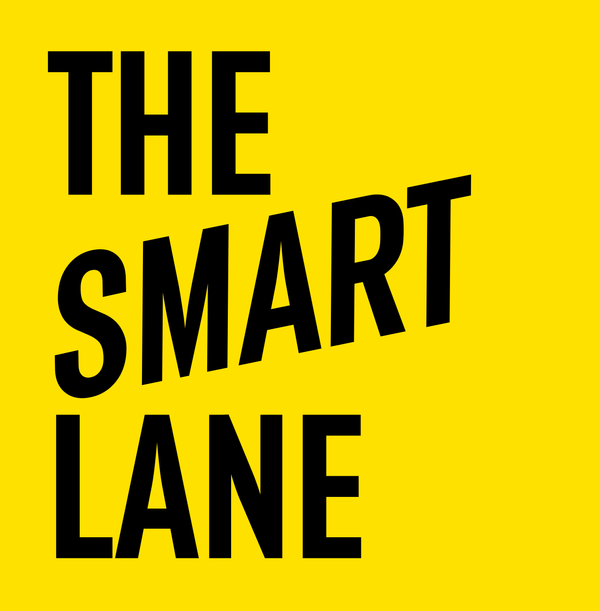Get Ready for Smart, Anticipatory, Contextual UIs, Driven by AI
Voice interfaces are poised to become a primary mode of interaction, but they won’t stand alone.

For the first time in history, we are entering a new era of human-computer interaction, one that heralds a profound transformation. Existing methods of input and interaction will not disappear entirely but will be largely complemented by voice interfaces, gestures, and—perhaps the most significant change of all—new forms of abstraction that bridge the gap between human intent and machine execution.
This shift transcends the visible layers of interaction, addressing the silent processes where users conceptualise their intent, shape it into actionable input, and translate it to fit within the constraints of current systems. In this emerging paradigm, interfaces will work closer to human thought, interpreting intent more directly and seamlessly than ever before.
Conversational UIs at The Forefront
Voice interfaces are poised to become a primary mode of interaction, but they won’t stand alone. We already find that using ChatGPT or Claude to have conversations aids in ideation, research, and question answering. The businesses that provide these interfaces will soon release agents that can carry out whole jobs for us.
However, voice interfaces have their limits. They’re not suited for micro-interactions, like scrolling through a document, typing text, or sorting images by mood or personal taste. They can also not determine which piece of music sounds better to your ears. These nuanced tasks require a more complex interplay between user and system—an interaction that relies less on input and more on context and thinking with you. This is where the next wave of user interfaces will shine.
The future of UX lies in systems that are anticipatory, contextual, and intelligent.
These interfaces will transcend the purely graphical or visual clues we currently need to make decisions. They will act closer to our thinking, mindset, and intent, moving toward smarter, more intuitive ways of understanding and adapting to user needs and environments. It’s a new format of UI that not only responds to your commands but also anticipates them—offering suggestions or taking actions based on context without waiting for explicit input.
This trajectory is best illustrated by Apple’s efforts in this field. They are ideally positioned to lead the way in anticipatory and contextual interaction paradigms, much as they did with the iPhone’s touch interfaces. Being the developer of macOS, iOS, and watchOS, as well as Apple Vision Pro, Apple has the ability to incorporate these developments into a wide range of gadgets, possibly providing seamless experiences. When context-awareness is incorporated into design, for example, features like AirPods’ Adaptive Transparency or iOS’s proactive Siri Suggestions offer nuanced clues about the direction things are taking.
Time To Research And Develop
This change won’t occur suddenly. Anticipatory user interfaces will be adopted gradually, in contrast to the revolutionary jumps made by the Macintosh in 1984 and the iPhone in 2007. Users will need to explore and help develop it over time, learning from the experiences and perhaps rejecting some of them. When someone finds the ideal balance between providing workable solutions that are naturally aligning with human behaviours, the ultimate breakthrough will occur gradually, more as a wave of incremental improvements, rather than a single breakthrough-moment.
For those of us developing products, it’s time to pay close attention and research new solutions. If we’re paying attention to what’s happening in the area of new product design, the tools that we build today will quickly evolve to meet the next evolution of human-computer interaction, placing us at the forefront of conceptualisation and research.




